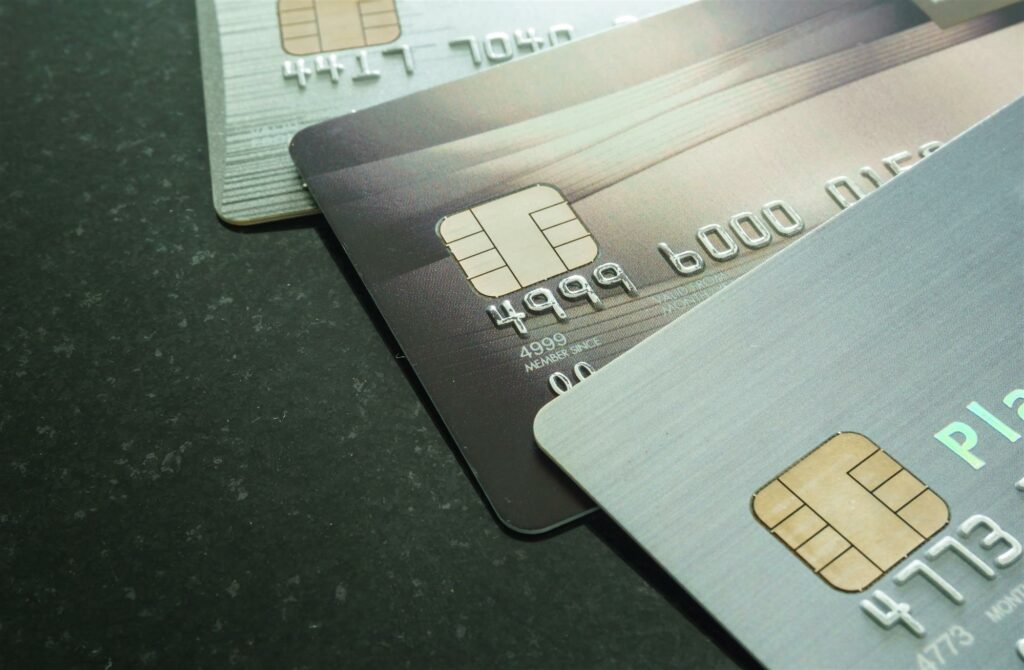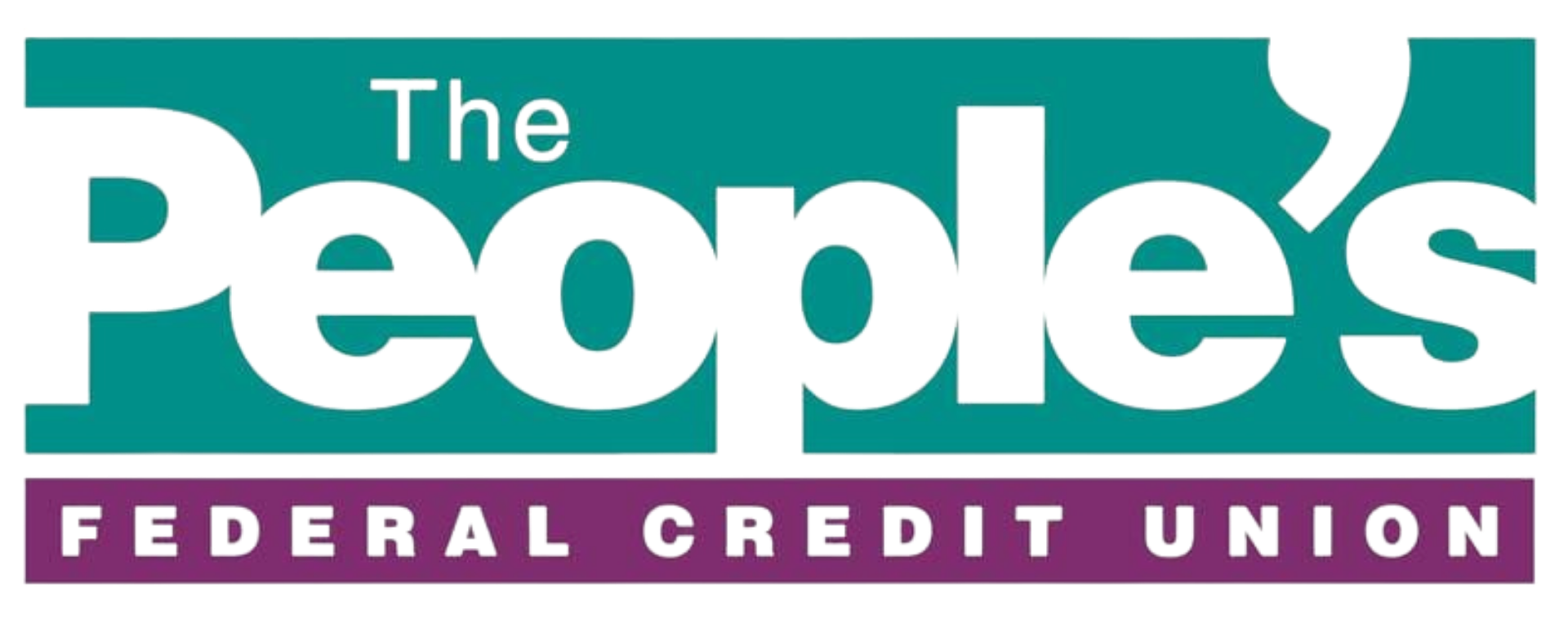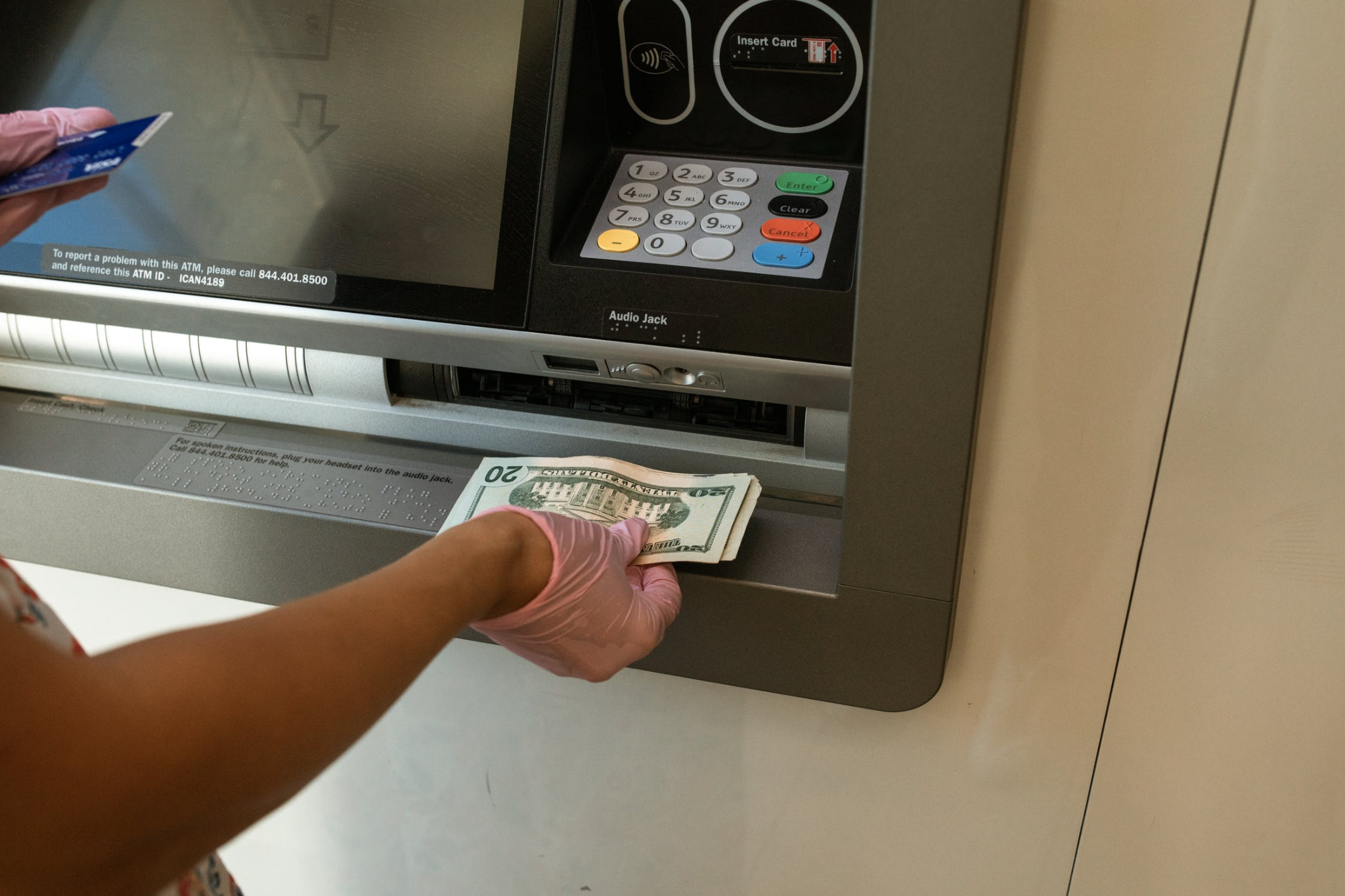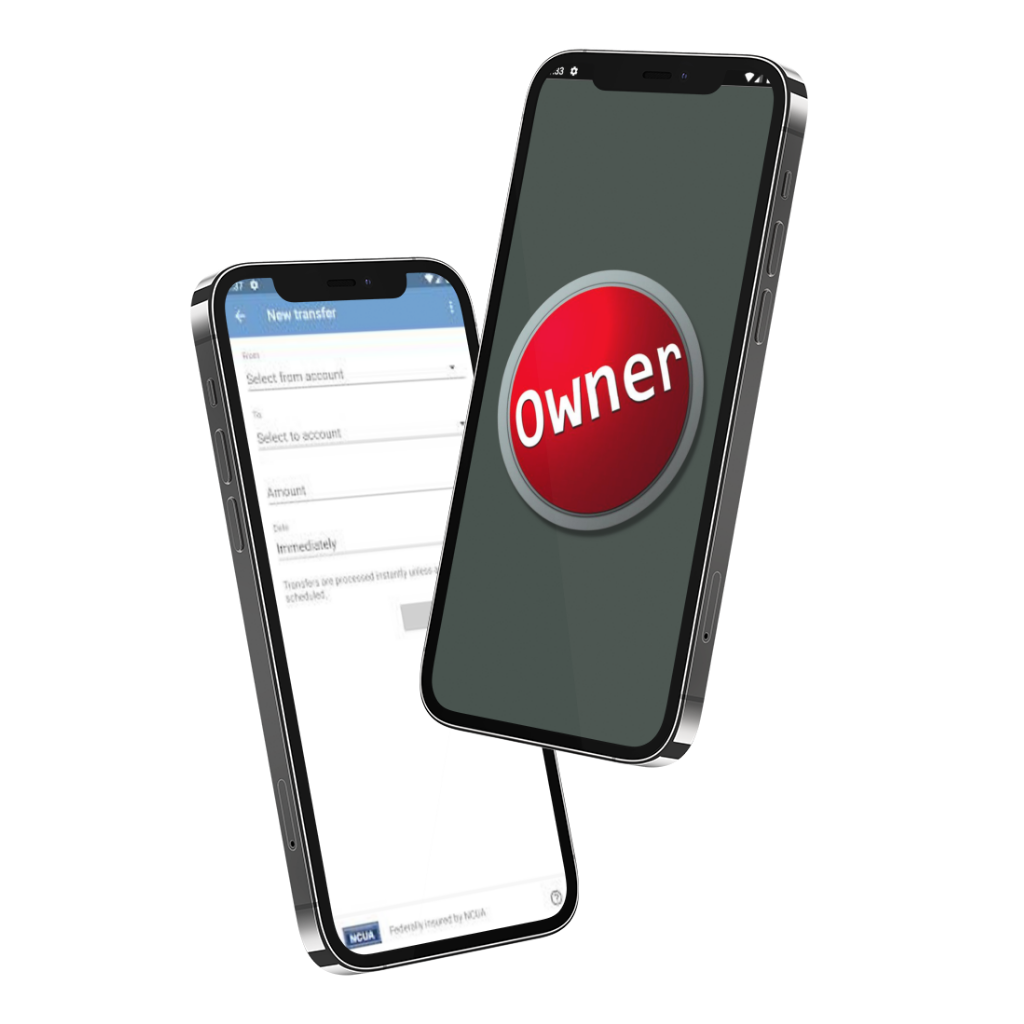ATMs aren’t without their cyberattack risks. Criminals can tamper with ATMs and leave you vulnerable the next time you make a cash withdrawal. Don’t let this get you down! We’re here to help you stay on your toes with tips that will help you tell whether or not an ATM has been compromised. Take the below steps in our easy-to-follow guide to avoid ATM fraud.
What Are ATM Pinhole Cameras?
Micro cameras aren’t exclusive to world-class secret agents like James Bond and Ethan Hunt.
Criminals use pinhole cameras to lower their risk of exposure while working to steal your ATM card’s information. These devices are virtually invisible cameras that can record you while you enter your PIN into an ATM.
Pinhole cameras are one of the hardest traps to avoid since they’re so difficult to spot.
You can protect yourself from these financial privacy invasions by using your hand to cover an ATM’s number pad while you input your information. Covering an ATM pad will help you double down on your safety since there’s a good chance you won’t be able to see these pesky surveillance devices.
What Are Lebanese Loops?
Lebanese loops are designed to trap your card inside of an ATM. Criminals achieve this trapping objective by placing a small plastic device or a pronged sleeve within an ATM machine.
Blocked or loose card slots are two telltale signs of an ATM that contains a Lebanese loop.
Scammers will generally wait until a victim walks away before retrieving the person’s trapped card. It’s within your best interest to wait and call for help from an ATM technician if a machine ends up swallowing your card.
What Should I Know About ATM Skimming Devices?
Criminals can gather your ATM card info by attaching skimmers to an ATM’s slot. Unusually wide card slots and misaligned or misprinted stickers can indicate the presence of an ATM skimming device.
Many victims of skimming are unaware of their card’s compromised status until a fraudulent transaction takes place. Do your best to regularly check your account’s transaction history so you can remain one step ahead of skimming and dispute any false payments.
You might be wondering why chip reader cards aren’t fully capable of providing ample protection against these attacks. Even with a chip, an ATM card’s magnetic stripe still contains essential banking information that can lead to trouble when placed in the wrong hands.
More adept criminals will go an alternate route and place “shimmers” inside of a card reader. Shimmers, smaller versions of skimmers, take your chip’s data when you insert your card into an ATM machine. This data can be used for various types of fraud, including cloning a card’s magstripe.
It’s especially hard to recognize shimmers since these devices aren’t visible. Remember that the ATMs most vulnerable to tampering are within unattended processing areas like gas stations and public transit areas. Any ATM that doesn’t look or feel right warrants a quick exit.
Fake ATM PIN Pad Signs

PIN pad overlays are counterfeit ATM keypads placed on top of a real ATM’s keypad. This overlay strategy gives fraudsters the ability to capture your PIN while appearances remain normal. ATM keypads with a thick or sponge-like consistency can signal a PIN pad overlay.
How to Handle ATM Compromises
Are you wondering how you should proceed if you spot a shady-looking ATM? You can respond to these situations by contacting TPFCU at 806-359-8571 when using our ATM locations. Consider reaching out to the bank’s branch or calling the police if you come across a suspicious ATM machine that’s not associated with TPFCU.








